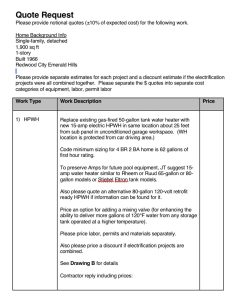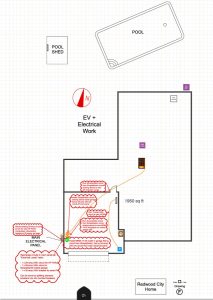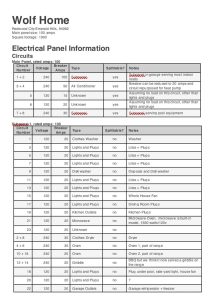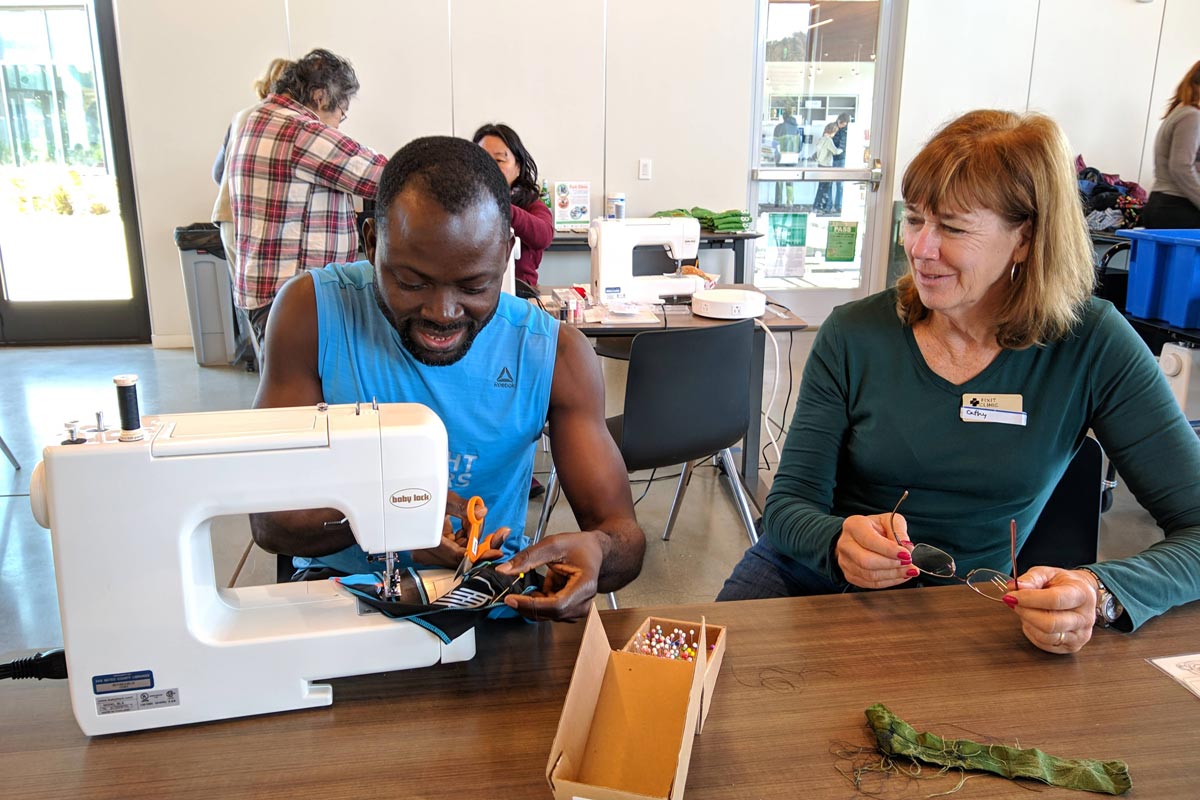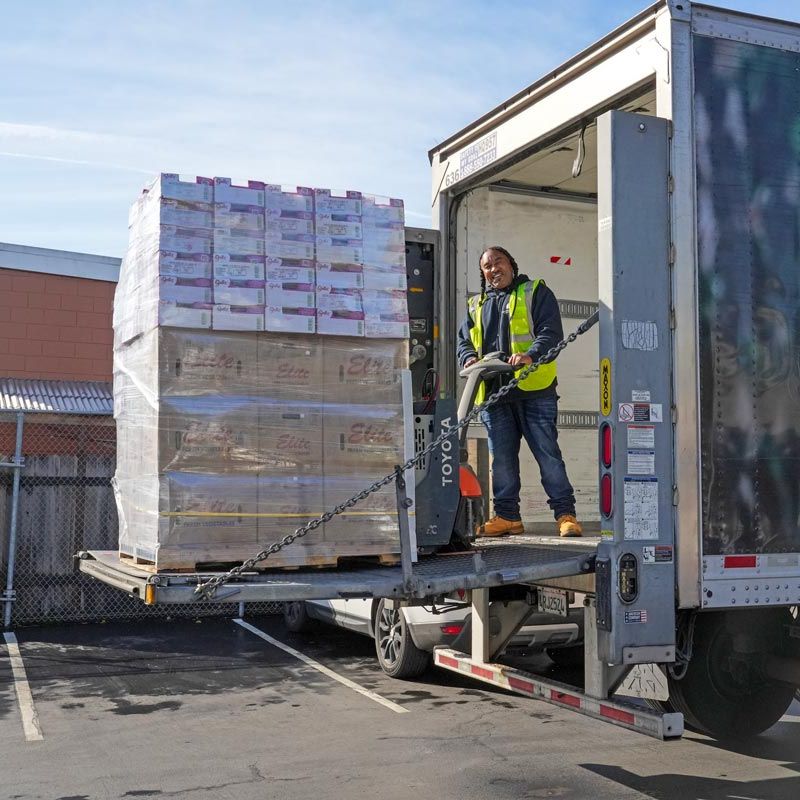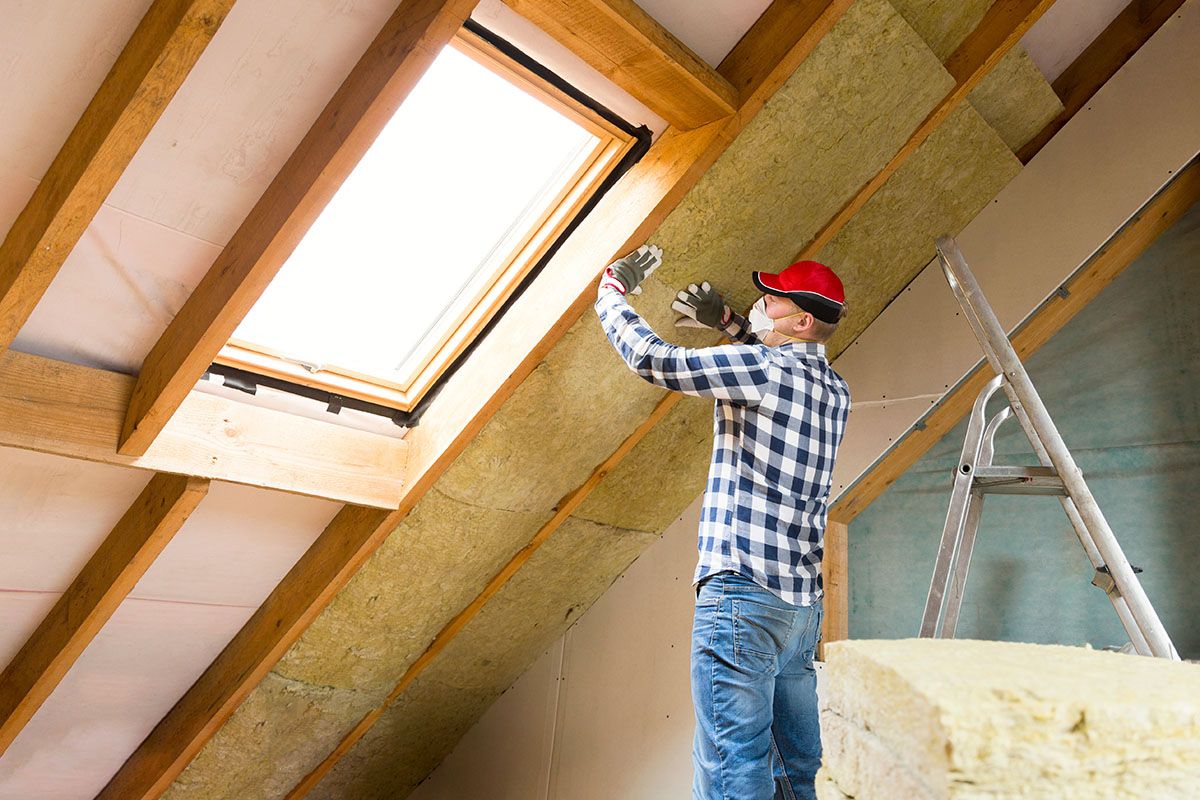
Case Studies: Costs for Decarbonizing Existing Single-family Homes
In 2022, the Sustainability Department conducted a study to assess the upgrade costs for decarbonizing existing single-family homes in San Mateo County. Ten homes of varying sizes and vintages were selected from across the county to ensure a diverse representation of housing stock and geography.
The case studies examine key decarbonization upgrades, including energy efficiency measures, heat pump technology (water heating, space heating, and clothes drying), induction cooking, solar, battery backup, and EV charging. Each home received three contractor bids for each upgrade to provide a realistic cost estimate. Due to COVID-19 restrictions, contractors provided quotes based on detailed project descriptions and floorplans rather than in-person site visits—an approach designed to explore new ways to streamline the bidding process.
The final case studies outline both the upfront costs and long-term financial impact of decarbonization, helping homeowners understand the investment and potential savings.
Cost Plans
Download the cost plans to better understand strategies and costs to decarbonize existing single-family homes.
Webinar
The Sustainability Department hosted a webinar in 2023 to review the results of the cost studies and to share lessons learned.
Additional Resources and Considerations
Most homes do not use the majority of their panel capacity, leaving significant room for homes to upgrade to all electric appliances without upsizing their panel. If a home is under 2,000 square feet a 100 amp electrical panel should suffice and it is unlikely that an electrical panel needs an upgrade. Understanding what appliances work best for your panel size is essential in avoiding up to $5k in unnecessary electrical panel upgrades. Panel optimization favors power-efficient devices with low rated amps. Panel optimization also provides a roadmap for building owners and helps guide tradespeople.
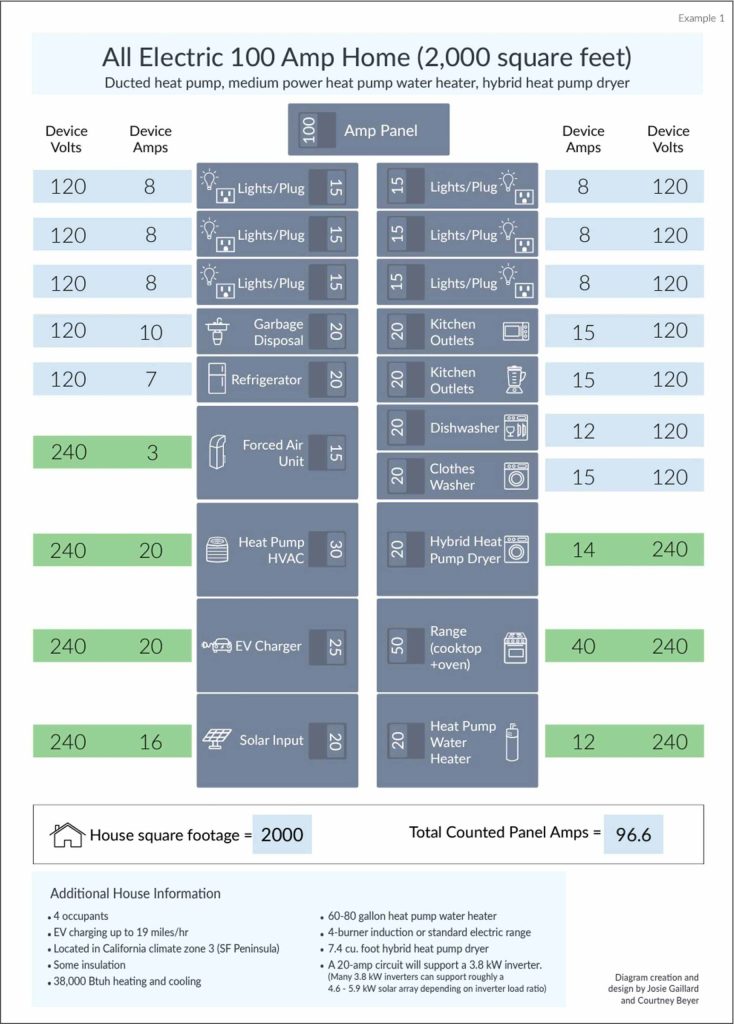
Considerations
- Have your electrification plan ready so you know how much panel amperage you are saving for each future need (heating, water heating, 240 V charging, cooking, drying).
- Actively participate in device and appliance selection with the contractors.
- Contractors will need to know the maximum nameplate amps or watts you are allocating for the device, and if the circuit is installed.
- Install circuits and space for controls if needed.
- Think of the EV as the “shock absorber” in the plan.
- 120V charging is common.
- Don’t put yourself into an expensive corner by picking incorrect equipment and not planning your electrification. You could end up upsizing your electrical panel when you do not need to.
- Don’t wait until your water heater, furnace, dryer or cooktop fails to install circuits. Be proactive, pre-wire for electrification.
- Don’t install power hogs, like 50-amp EV chargers.
- Don’t oversize your HVAC equipment “just to be safe.”
- Don’t undersize your heat pump water heater.











